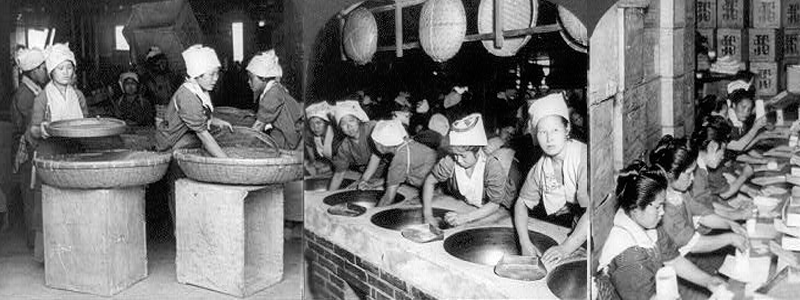
About Green and White Tea Varieties
Lightest in color, light oxidation.

Green Tea
Green tea is grown and processed in a number of ways, dependant on the final product. These methods will vary the amount of polyphenols and other organic compounds which affect the aroma and flavor. There are two basic growing methods − in the sun and under the shade. Green tea cultivars are grown in rows and pruned to produce a maximum number shoots. They are generally harvested three times per year. The first flush in the spring typically has the best-quality leaves, with higher prices to match.
Green tea is processed either by hand or machine. Sun-drying, basket, charcoal or pan firing are common hand methods. Oven-drying, tumbling, or steaming are common machine methods. Next, the leaves are rolled into some shape ranging from traditional to wiry strands (Sencha) or rolled into small pellets (gunpowder). Now the leaves are dried or fired to remove the remaining mositure down to about 4% and arrest the oxidation process.
Check out our green tea offerings -
White Tea
White tea is a lightly oxidized tea grown and harvested primarily in China, mostly in the Fujian province. The name "white tea" derives from the fine silvery-white hairs on the unopened buds of the tea plant, which gives the plant a whitish appearance. The beverage is pale yellow in color with a sweet, mild flavor and very low caffeine content.
The leaves and buds are picked while young and allowed to wither and dry in natural sunlight. There is no rolling or additional drying/firing. Minimal processing allows the leaves to retain a maximum amount of antioxidents. Demand for white tea is growing in North America and is becoming more popular due to it's pleasing flavor and reputed health benefits.